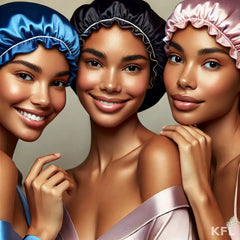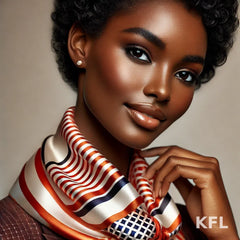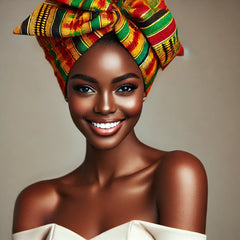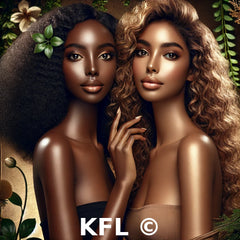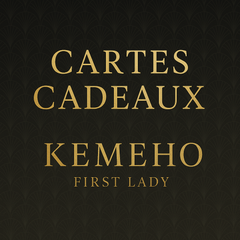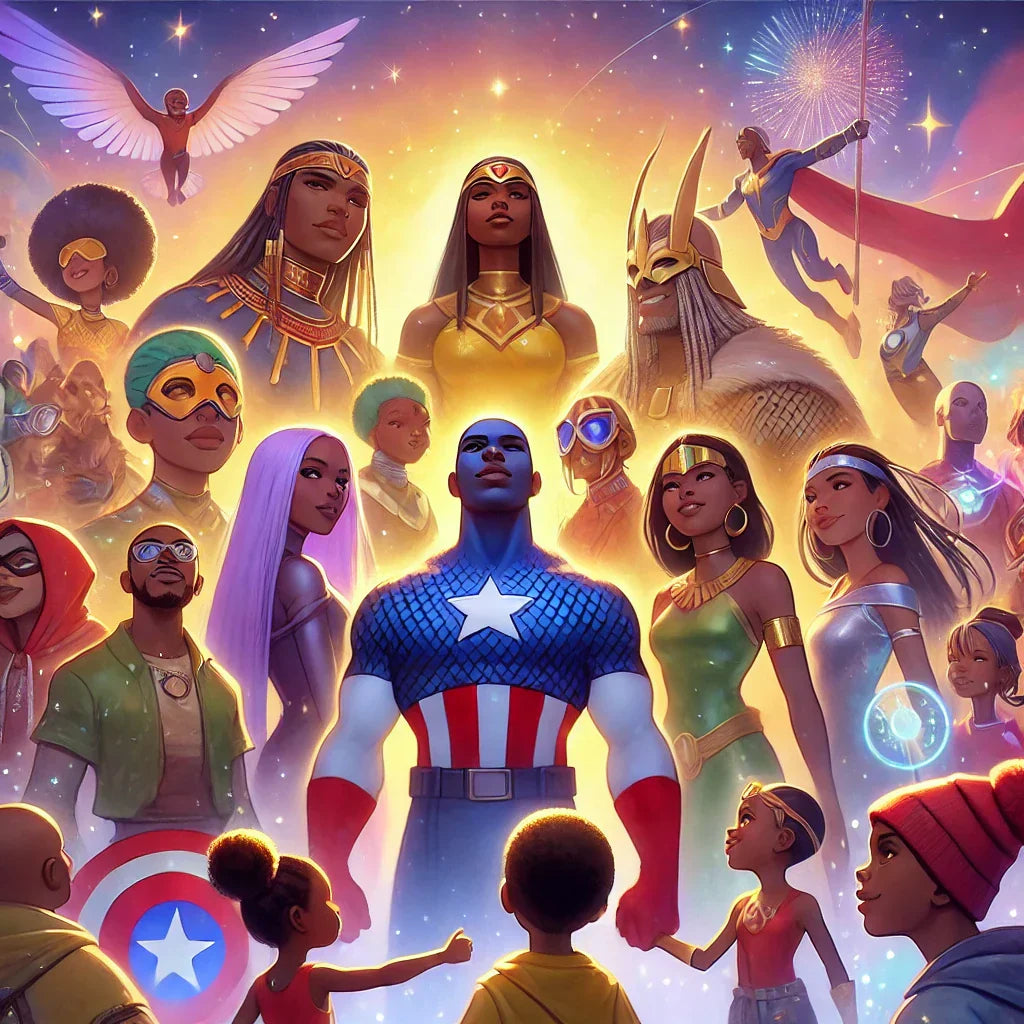
When Disney 'Recasts' White Characters as Black: A Question of Representation and Diversity
Share Label
The film and media industry has long been criticized for its lack of diversity, particularly when it comes to the lead characters in films. Recently, we’ve seen a shift, especially at Disney, which has "reformed" certain traditional characters into Black versions, such as the recent choice of Halle Bailey to play Ariel in The Little Mermaid. But this transformation has not been universally accepted. Why? And what does it imply for the representation of Black people in the media?

The History of Reinventing Iconic Characters
Traditionally, Disney characters were often white, with blonde hair and light eyes. However, with the evolution of society, studios began to adapt some iconic characters into more diverse versions. The transformation of Ariel, a red-haired mermaid, into a Black young woman sparked passionate debates. Why did Disney make this decision, and how does it affect the perception of young Black viewers?
The Benefits of This Transformation
Changing characters to reflect diversity is a way to provide young generations with a model they can identify with. For Black youth, seeing a heroic character like Ariel played by a Black actress sends a powerful message: they too can be the heroes of their own stories. But this decision doesn’t stop there. It also opens a dialogue about how characters have historically been defined in popular culture and how society can evolve toward more inclusive representation.
Criticism and Repercussions
However, this initiative has not been without controversy. Many people, particularly on social media, have expressed their dissatisfaction with Disney "reforming" white characters into Black ones. These criticisms highlight a deeper question: is this change a true step forward for diversity, or is it merely a commercial gesture, a "rebranding" without real change in the structure of representation?
Why Transforming Characters is Important
The issue of diversity in films is not just an aesthetic or commercial matter. It is linked to broader social issues. By reinventing characters in a more inclusive way, Disney is contributing to the fight against racial stereotypes and offering young Black viewers diverse role models that inspire them. This change symbolizes progress in the acceptance of Black people in roles that have long been dominated by white characters, proving that diversity can exist without compromising quality.

Conclusion
Disney's decision to recreate iconic characters in Black versions opens an important debate on how the media influences self-perception and self-esteem in young viewers. While reactions are mixed, this change is part of a larger movement toward a more inclusive society. Black characters, whether new or reinvented, are essential in creating an environment where every child feels seen and valued.


